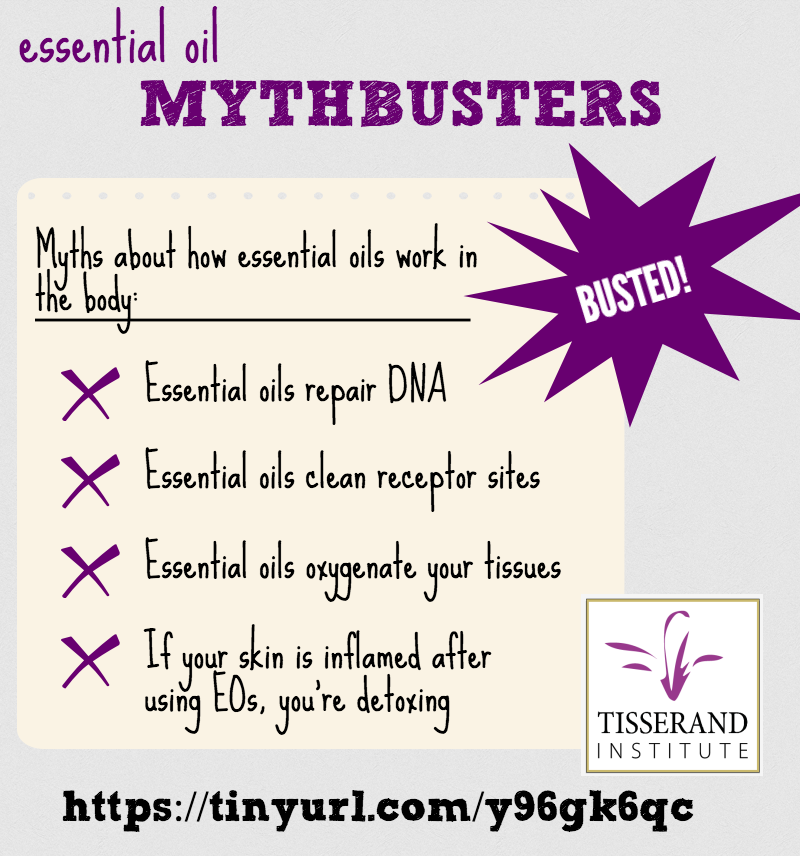
by Hana Tisserand | May 29, 2017
Here at the Tisserand Institute we believe that essential oils can do many wonderful things, but their proclaimed benefits should be rooted in solid science. Our first series of myths busted are ones that talk about how essential oils do (or don’t) work in the...
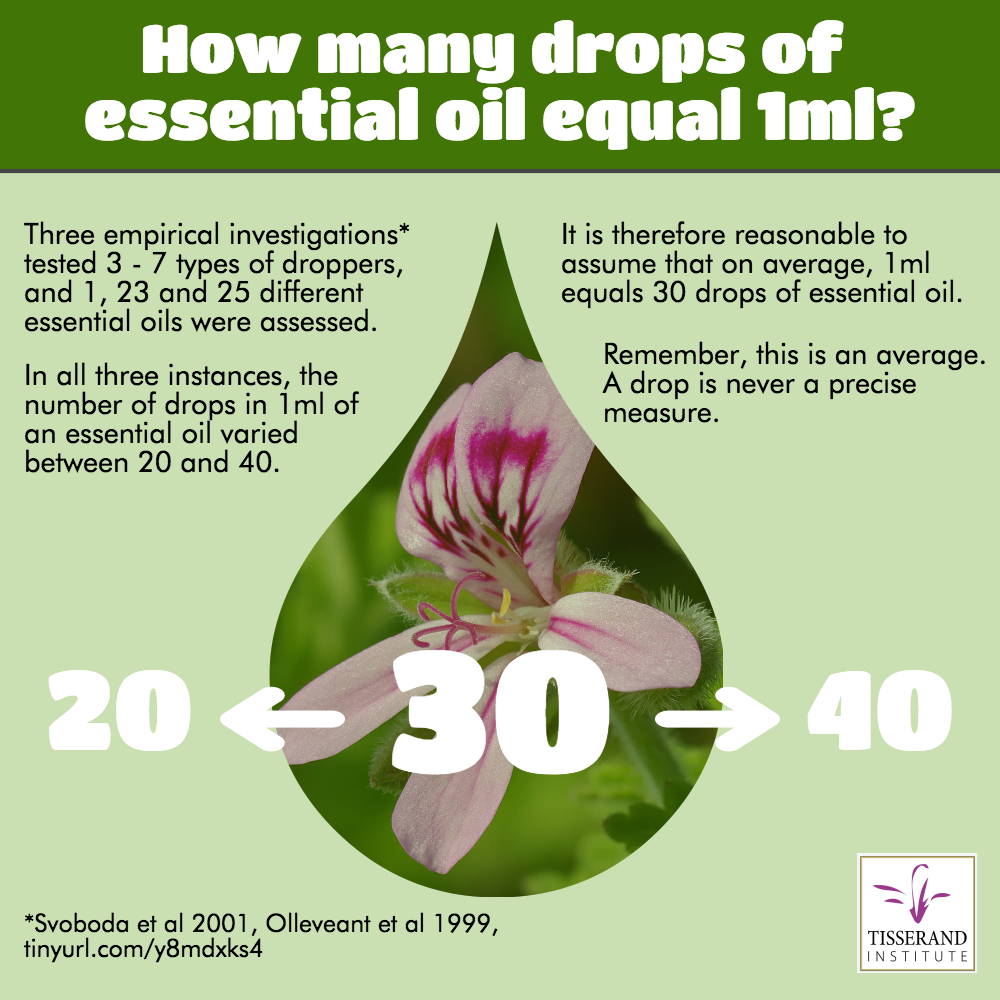
by Hana Tisserand | May 22, 2017
How big is a drop of essential oil? And how many drops are there in 1ml? When calculating percentages, this is important to know! In three empirical investigations dating from 1999, 2000 and 2016, 1, 25 and 23 different essential oils were assessed using 3 – 7...
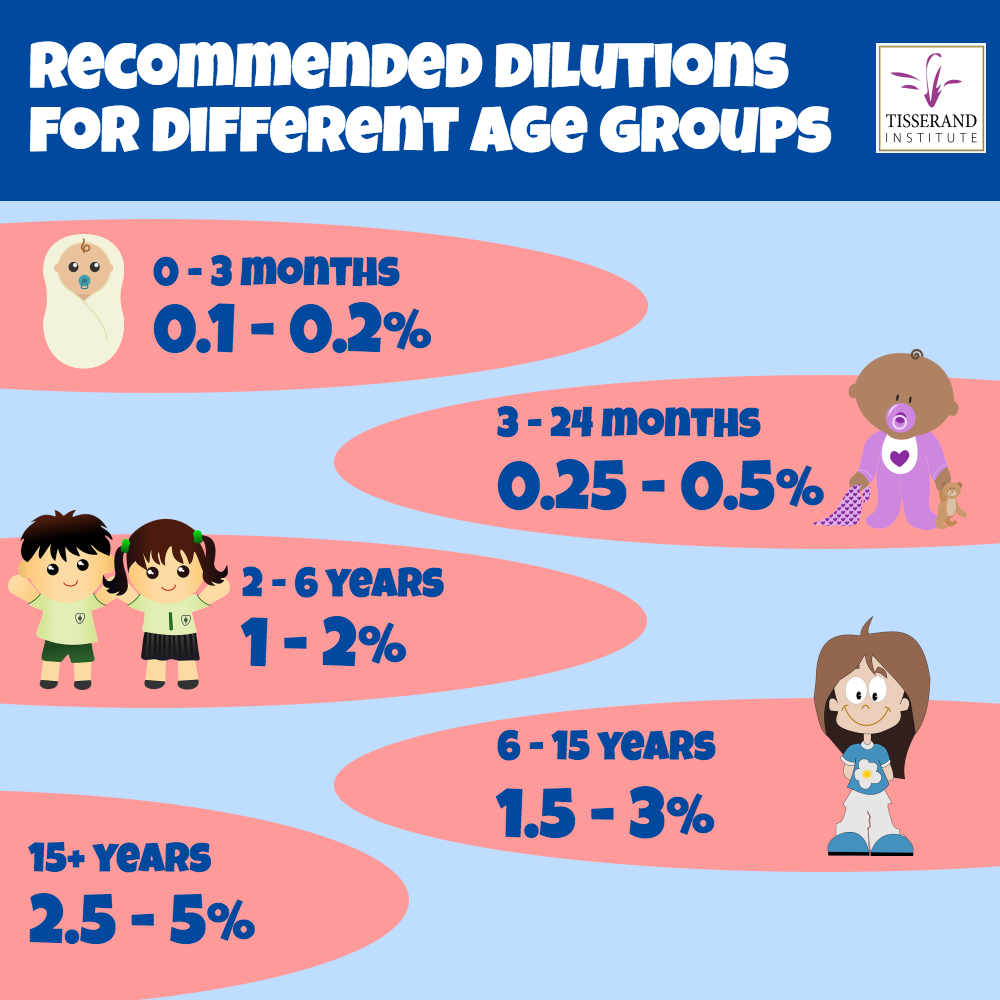
by Hana Tisserand | May 15, 2017
This shows the range of recommended topical dilutions of essential oils for children of different ages, according to Essential Oil Safety 2e. These are general guidelines, and there can be exceptions when lower (or higher) dilution is appropriate, or where an oil...
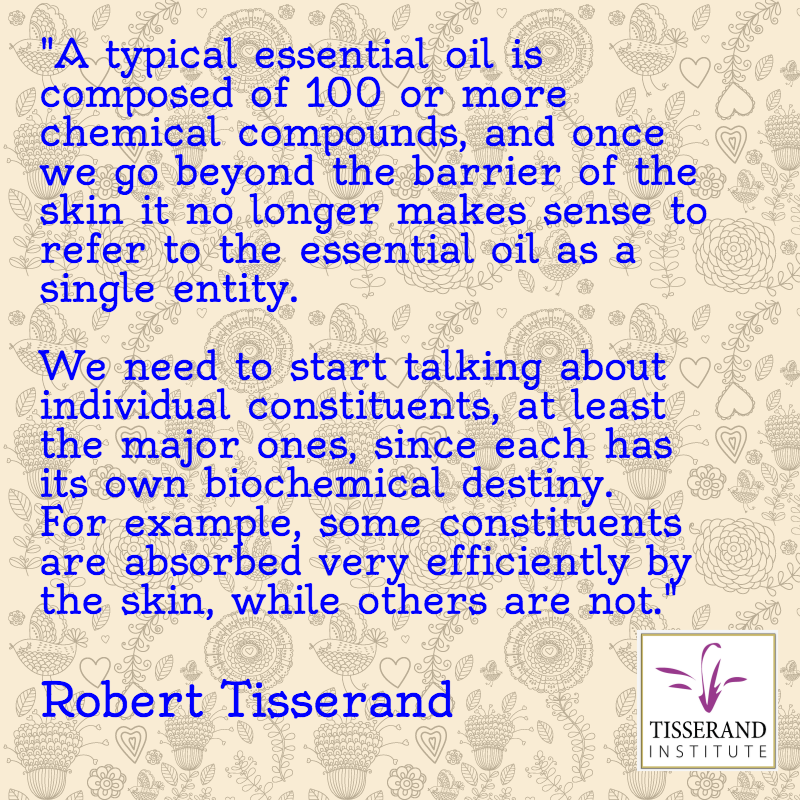
by Hana Tisserand | May 12, 2017
Why we talk about constituents once the essential oil passes into your body. For more information on essential oils and the skin, see the Complete Skin Series webinars:...
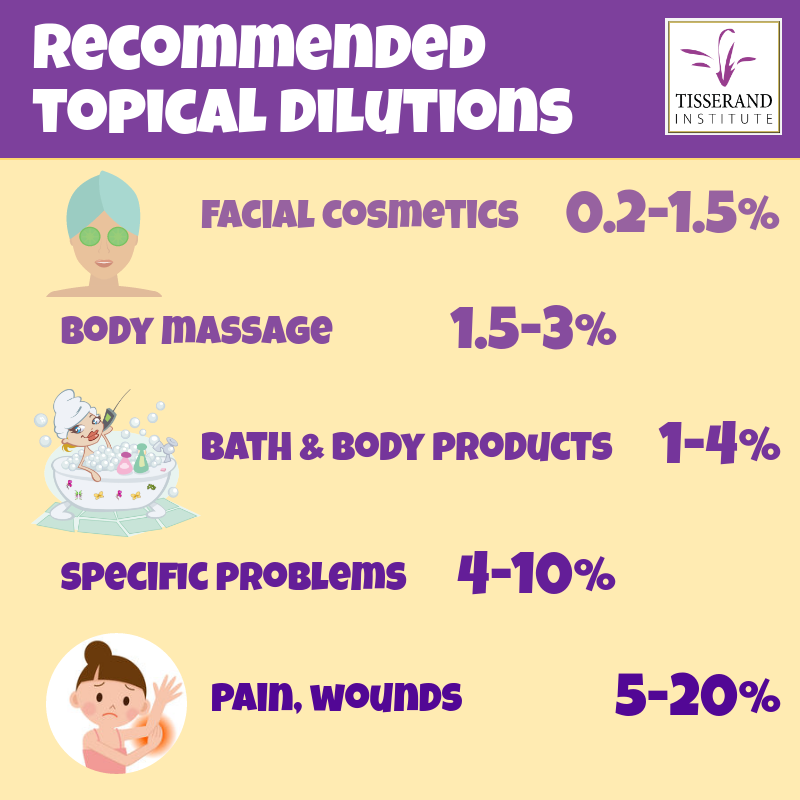
by Hana Tisserand | May 10, 2017
Q&A Essential Oil Safety edition Question (by Helen Bairstow): I’d like to know if tea tree starts to oxidize is it still safe? And how can you tell? Answer: The more that Tea Tree oil (TTO) oxidizes, the less safe it is in terms of adverse skin reactions....
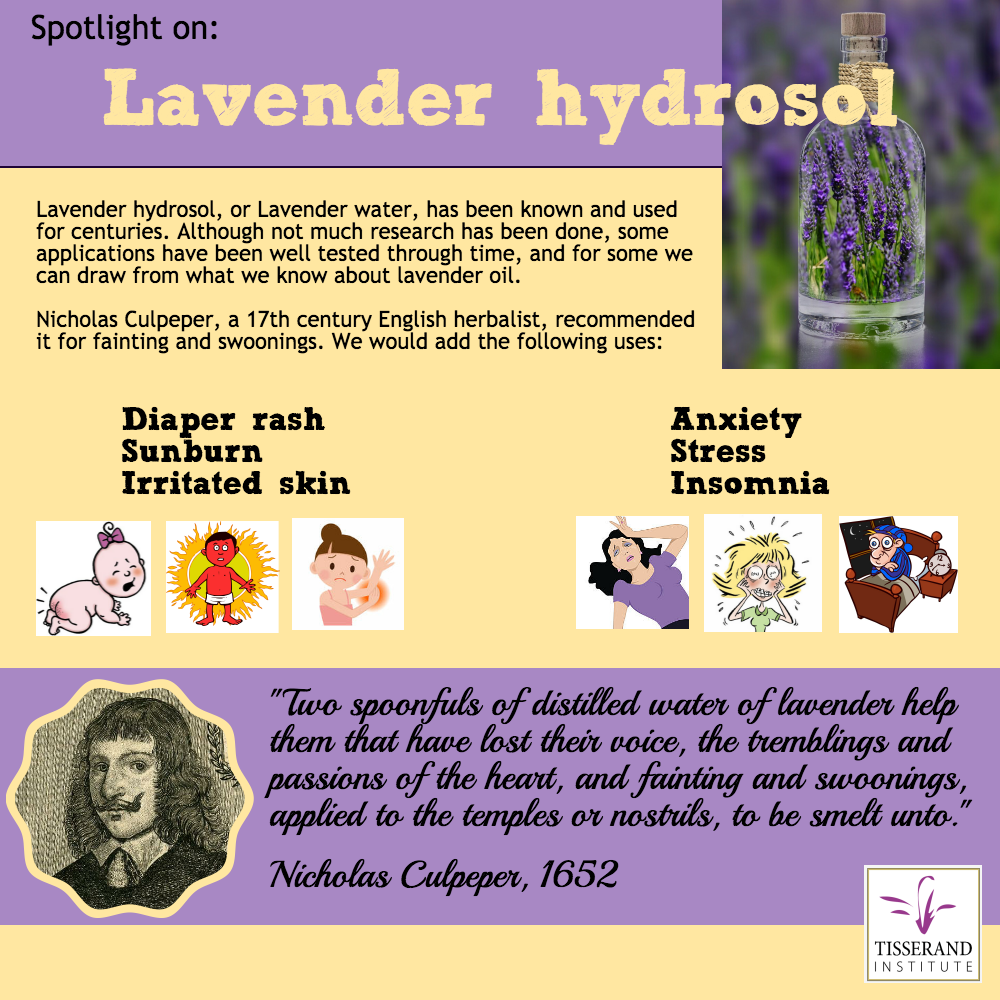
by Hana Tisserand | May 5, 2017
Today’s spotlight is on lavender hydrosol Lavender water, or hydrosol, has been used for centuries, and is mentioned in Nicolas Culpeper’s Herbal, written in 1652: “Two spoonfuls of distilled water of lavender help them that have lost their voice, the tremblings...







